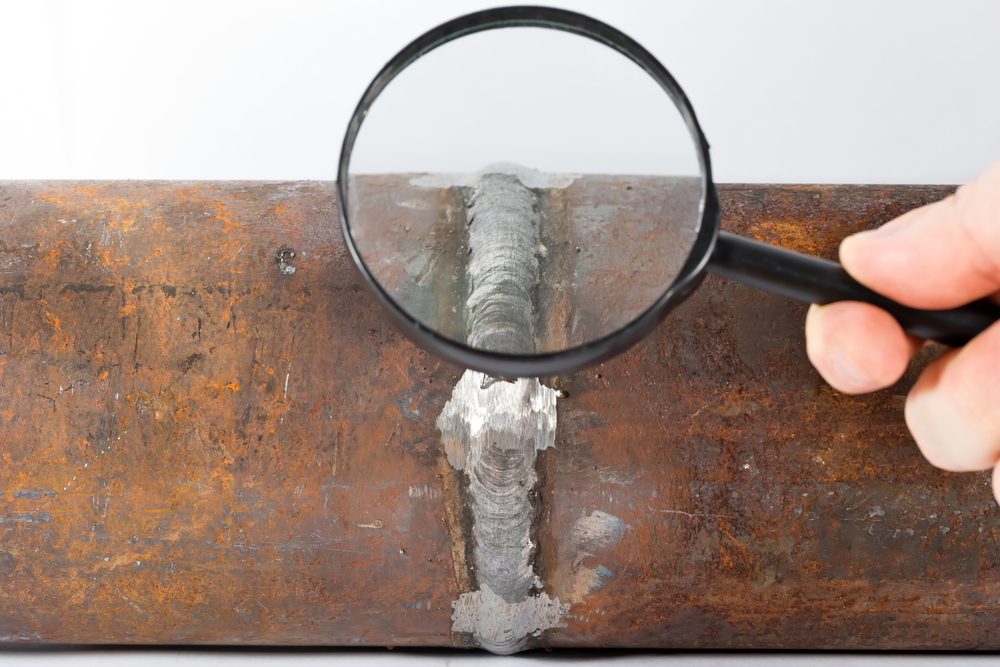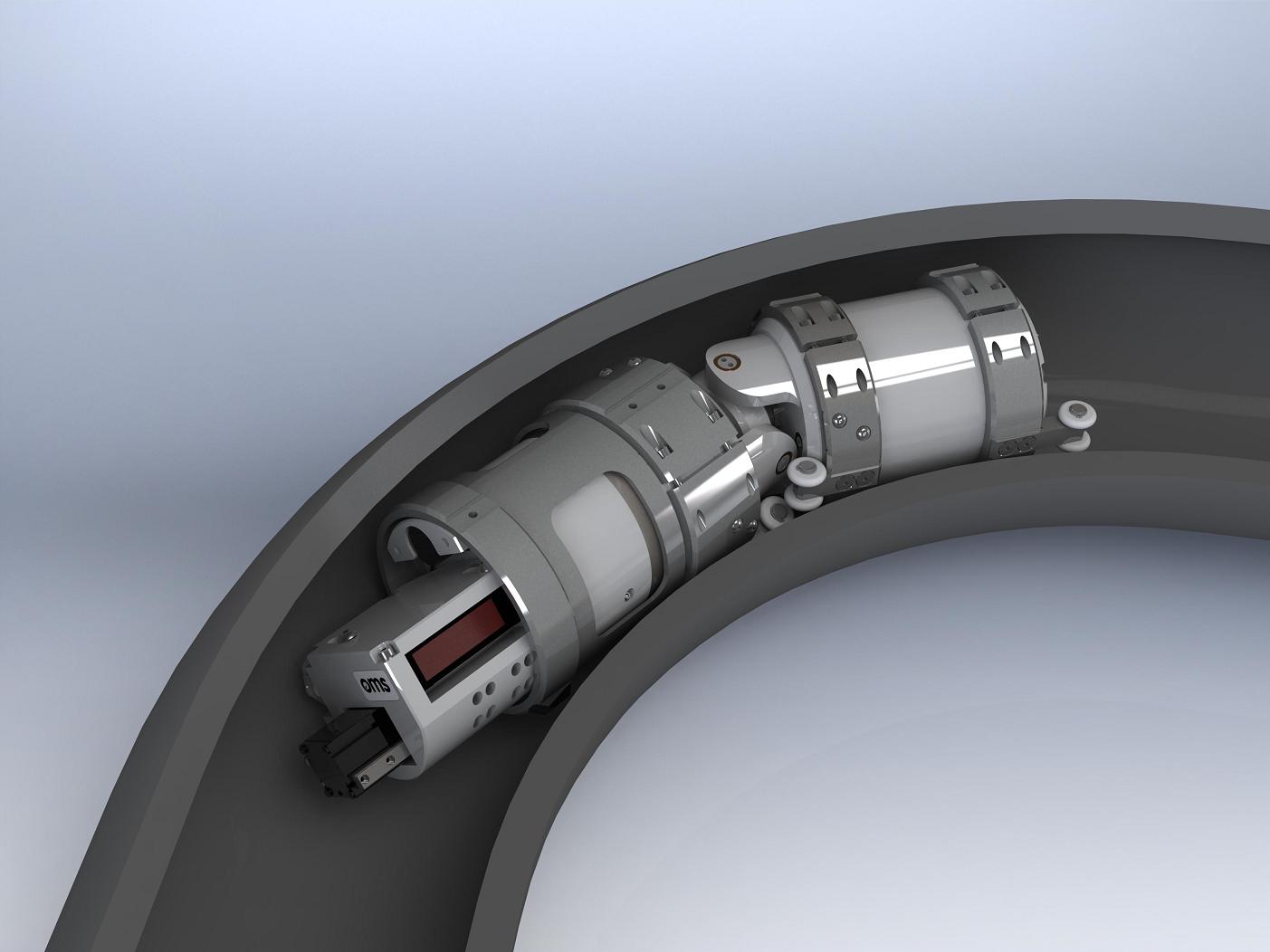Comprehensive Guide to Pipeline Welding Evaluation: Ensuring Integrity and Safety in Pipe Construction and Upkeep
The honesty and security of pipelines are vital in today's infrastructure landscape, emphasizing the crucial duty of welding inspection in pipe building and construction and upkeep. A comprehensive overview on this subject not only highlights the necessity of evaluating weld high quality but likewise attends to the various assessment strategies available, such as ultrasonic and radiographic testing. By understanding typical problems and their ramifications, stakeholders can execute best methods that ensure compliance and longevity. Nonetheless, the intricacies included in welding assessment raise important questions regarding sector requirements and the developing innovations that may redefine these methods.

Value of Welding Inspection
Welding evaluation plays an important duty in making sure the honesty and safety of pipe systems. It functions as a basic process that verifies the top quality and reliability of welded joints, which are usually one of the most weak spots in pipe construction. Through methodical assessment, inspectors can identify potential flaws such as cracks, porosity, and insufficient blend, which might compromise the structural honesty of the pipeline.
The importance of welding assessment prolongs past simple conformity with industry requirements; it also safeguards public wellness and the environment. Complete inspections can improve the longevity of pipe systems, decreasing the demand for costly repair services and downtime.
Along with making sure safety and security and compliance, welding assessment cultivates a culture of high quality guarantee within companies. By prioritizing evaluation throughout the welding procedure, companies can build a track record for integrity and quality, ultimately bring about enhanced client self-confidence and business chances (Pipeline Welding Inspection). Thus, the significance of welding evaluation can not be overstated in the context of pipeline building and upkeep
Secret Welding Procedures
Various welding processes are utilized in pipeline building, each with its own benefits and applications. Amongst one of the most commonly used techniques are Protected Metal Arc Welding (SMAW), Gas Tungsten Arc Welding (GTAW), and Gas Metal Arc Welding (GMAW) SMAW is preferred for its adaptability and ability to do well in different ecological problems, making it suitable for field applications.
GTAW, frequently described as Tungsten Inert Gas (TIG) welding, is recognized for its capacity to generate top quality welds with outstanding control over heat input, making it perfect for thin-walled pipes and stainless-steel materials. GMAW, or Metal Inert Gas (MIG) welding, uses high deposition prices and is efficient for large tasks, usually employed in the construction of pipes in regulated atmospheres.
In Addition, Submerged Arc Welding (SAW) is used for its deep penetration and high productivity, especially in the building and construction of large-diameter pipelines. Each of these processes adds to the overall stability and security of pipe constructions, making it possible for welders to select one of the most appropriate method based upon material kind, project needs, and ecological problems. Recognizing these vital welding processes is vital for reliable pipeline welding inspection.
Usual Flaws and Their Effect

Porosity, identified by tiny gas pockets caught within the weld, damages the material and can result in leakages. Fractures, which may occur due to thermal anxieties or improper air conditioning, can result and circulate in architectural failing under stress. Damaging, where the base metal is deteriorated along the weld grain, decreases the efficient cross-section of the pipe, boosting the risk of fracture.
Insufficient fusion takes place when the weld metal does not properly bond with the base metal, resulting in weak locations that might fall short under stress and anxiety. Slag addition, the entrapment of non-metallic product within the weld, can likewise deteriorate the Extra resources joint's stability. Determining and attending to these issues early in the construction procedure is vital to making sure the lasting reliability and safety of pipe systems, thereby securing both the infrastructure and the environment.
Inspection Tools and methods

Aesthetic assessment is the first line of defense, permitting assessors to determine surface area irregularities, imbalance, or various other visible issues. Ultrasonic testing uses high-frequency acoustic waves to discover inner problems, providing exact depth dimensions and defining defects without harming the weld. Radiographic testing uses X-rays or gamma rays to generate pictures of the weld, making it possible for the identification of inner voids, fractures, great post to read or inclusions.
Magnetic bit testing is particularly effective for detecting surface and near-surface stoppages in ferromagnetic materials. This technique entails applying a magnetic field and fine iron bits to the weld, revealing problems via the accumulation of particles at defect websites.
Along with these techniques, specialized devices such as automated ultrasonic screening tools and digital radiography systems enhance evaluation accuracy and effectiveness, ensuring a thorough analysis of pipeline welds throughout construction and maintenance.
Finest Practices for Compliance
Abiding by ideal practices for compliance in pipe welding evaluation is essential for ensuring the integrity and security of the infrastructure. Organizations should develop an extensive high quality management system that straightens with sector standards such as ASME, API, and AWS. This includes developing thorough welding treatments that define the products, qualifications, and methods required for welders.
Regular training and certification of inspection employees are vital to maintain high expertise degrees. Examiners should recognize with numerous non-destructive screening (NDT) methods, including ultrasonic screening, radiographic testing, and aesthetic examination, to successfully identify potential flaws.
Paperwork plays a crucial role in conformity; preserving exact documents of inspections, weld treatments, and personnel qualifications aids to guarantee a fantastic read traceability and accountability. Set up audits and reviews of welding practices need to be conducted to recognize areas for renovation and guarantee adherence to developed procedures.

Final Thought
In conclusion, the execution of extensive welding inspection procedures is paramount for making sure the integrity and security of pipe building and upkeep. Continuous renovation in inspection procedures will certainly contribute to the long life and integrity of pipeline systems, emphasizing the crucial function of welding evaluation in the sector.
The integrity and safety of pipes are extremely important in today's infrastructure landscape, highlighting the vital role of welding examination in pipeline building and construction and maintenance. Understanding these essential welding processes is vital for efficient pipeline welding assessment.
Adhering to best practices for compliance in pipe welding inspection is crucial for making sure the stability and safety and security of the framework.In conclusion, the implementation of strenuous welding inspection protocols is critical for making sure the stability and security of pipe building and construction and upkeep. Continual renovation in inspection processes will certainly add to the long life and integrity of pipeline systems, emphasizing the critical function of welding assessment in the industry.